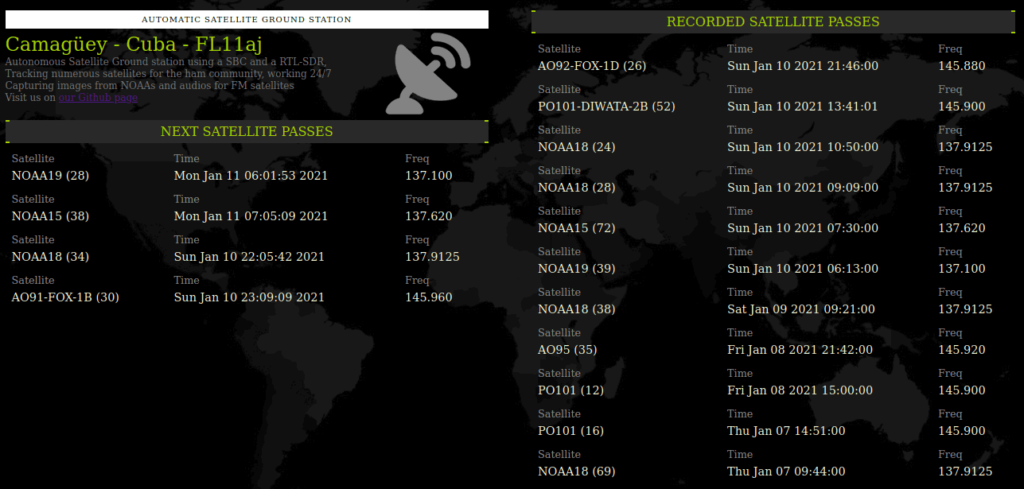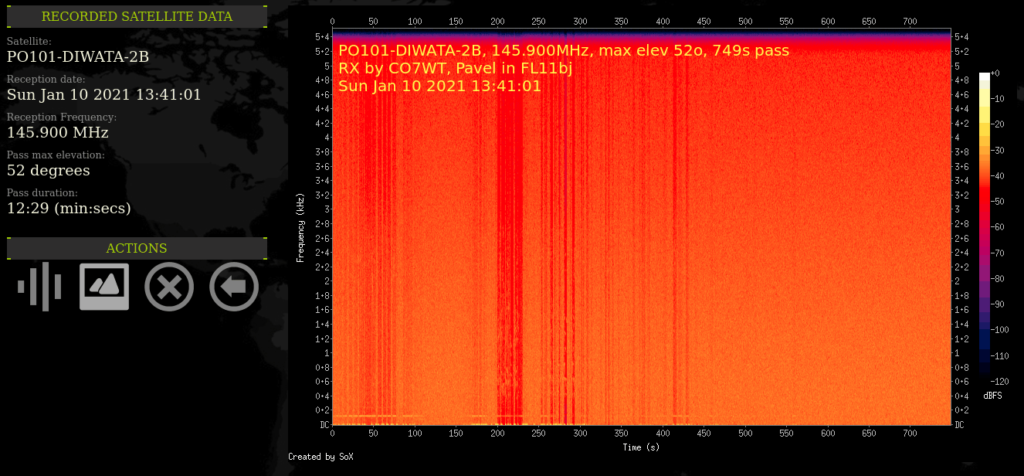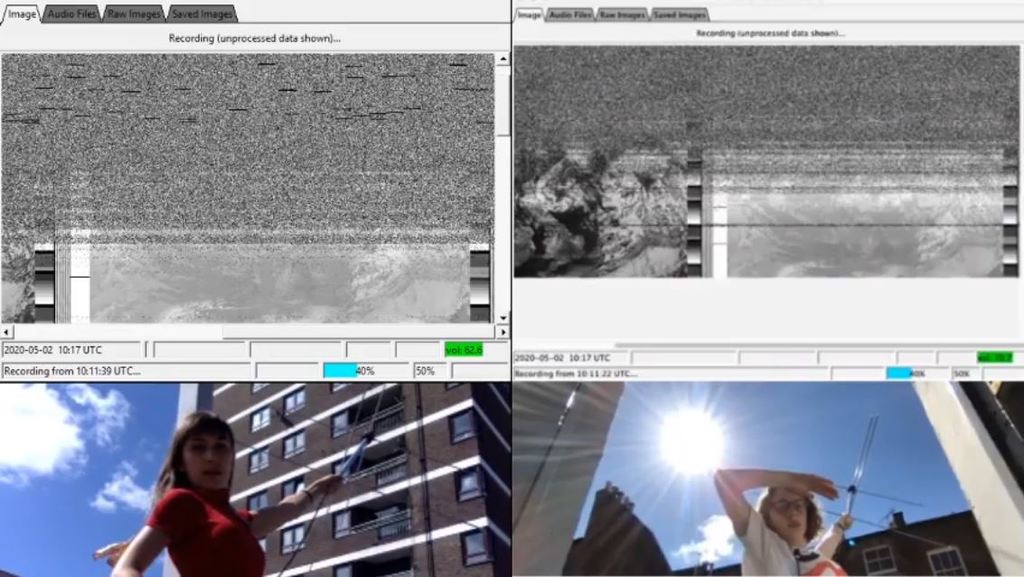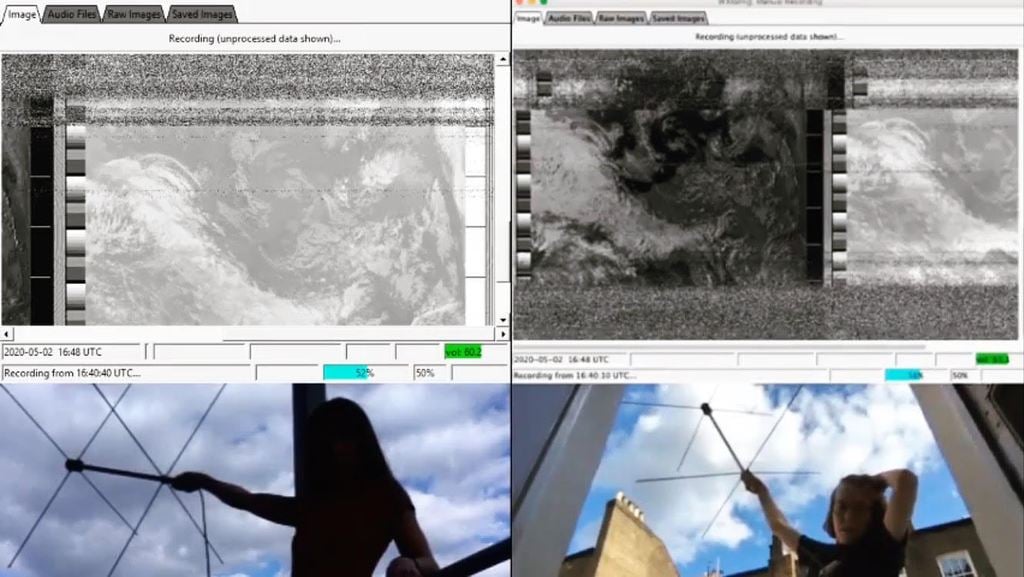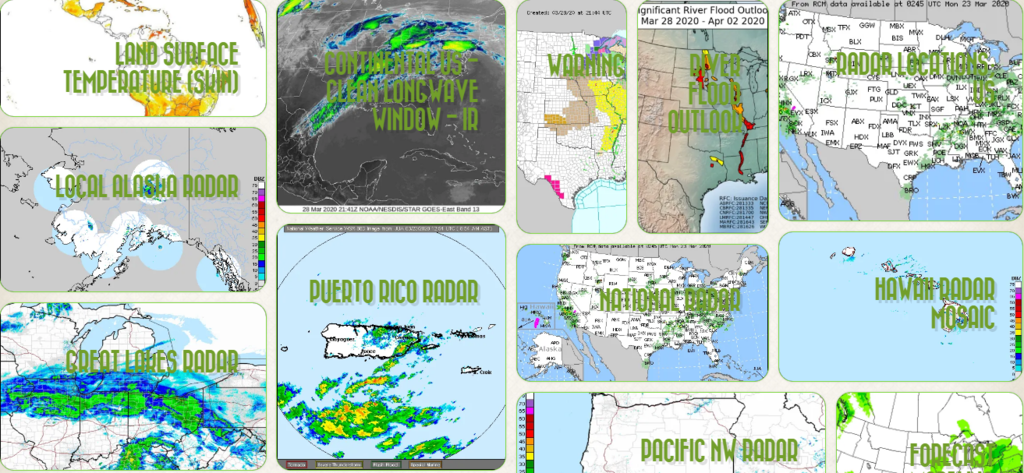Demonstrating the New 3D Maps in SDRAngel
In December of last year we posted about a video demonstrating the many features that the SDRAngel software comes standard with. Recently they've added a new feature which are 3D maps that can be used to visualize signal data.
In the latest video demonstration they show these 3D maps projecting NOAA weather satellite images onto a 3D globe and at the same time tracking the NOAA satellites over the globe as it produces imagery. They also show the software visualizing a 3D model of aircraft on the globe, using live ADS-B data to show aircraft maneuvers when taking off, cruising and landing. With multiple SDRs they also show how the visualization can be combined with air traffic voice. Finally they also show marine vessels being visualized via live AIS data. There appear to be a wide range of vessel 3D models implemented.

